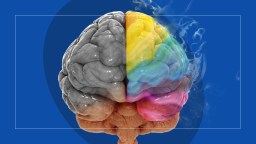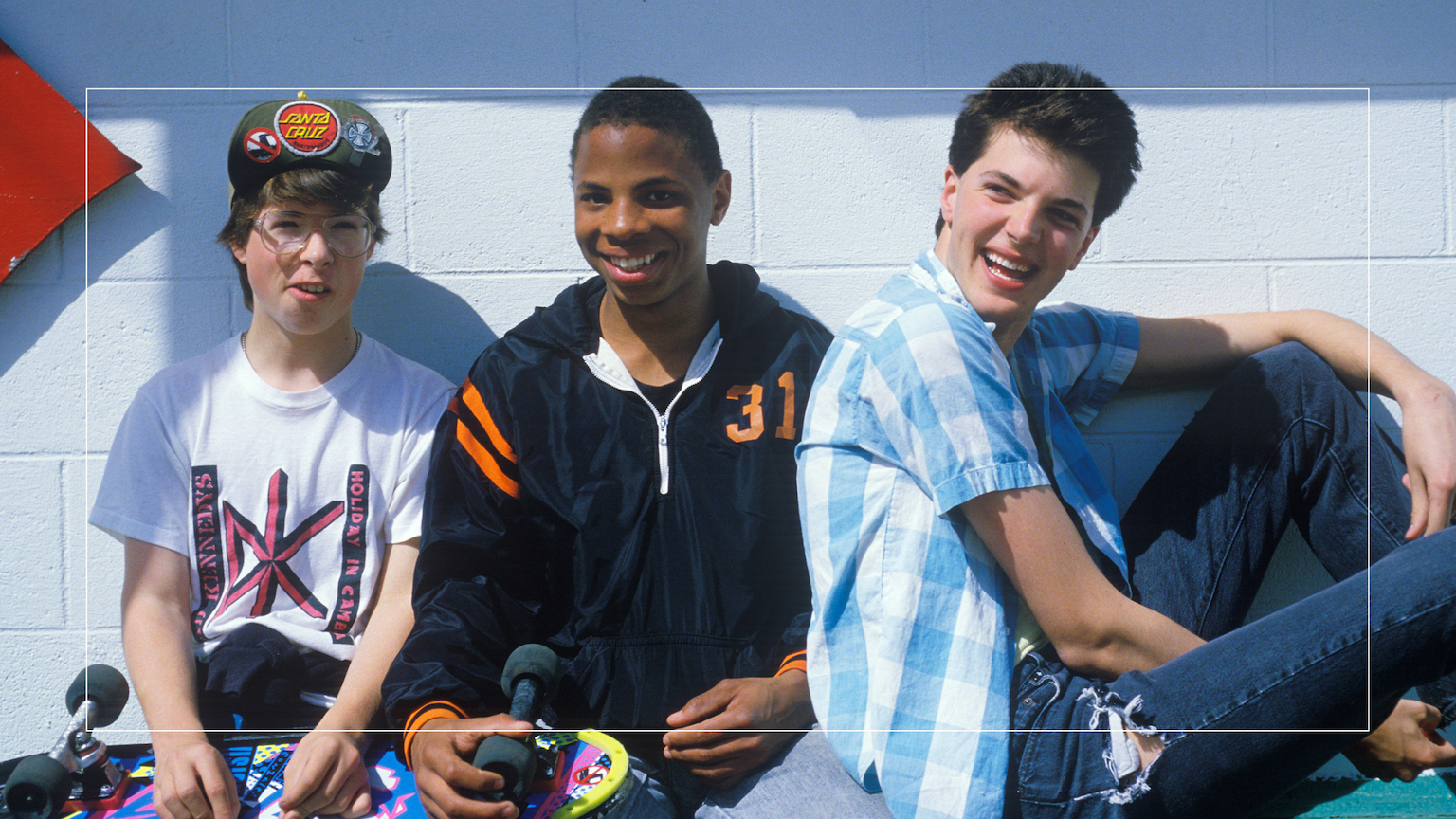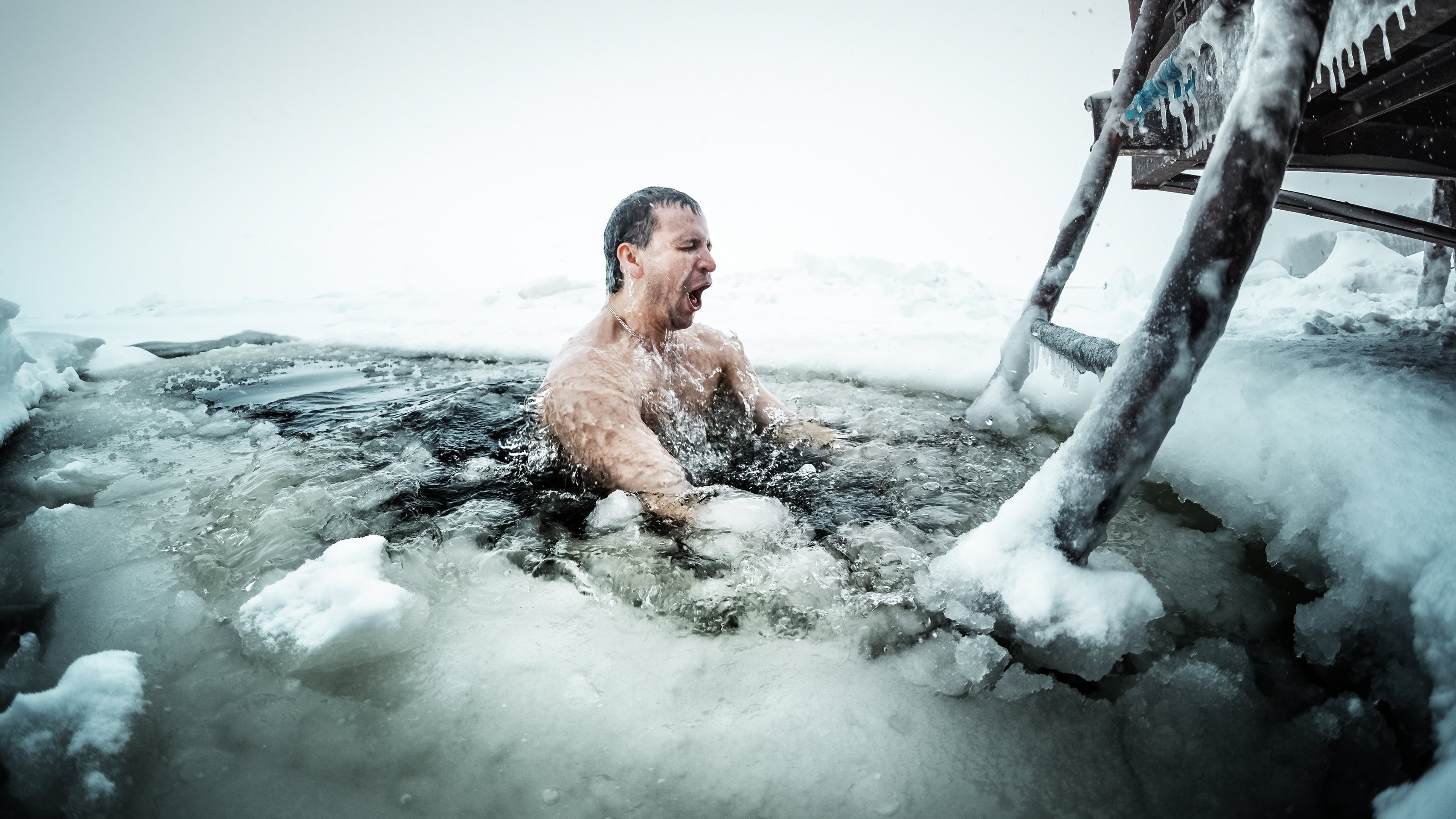I study America’s youth. Here’s what I found

- Older generations often stereotype younger generations as lazy and unintelligent, but research shows the exact opposite.
- In fact, today’s youth are overworked and showing signs of burnout, such as anxiety and depression.
- Young people need to reclaim rest, rejuvenation, and revitalization as acts of political warfare.
What are today’s young people like compared to young people in the past? We often hear stereotypes about American teenagers and young adults, and the above quote feels fresh, even though it was written about flappers in 1926. You can find similar views about the wayward ways of youth as far back as 700 BCE from Hesiod, the Greek poet, and others.
Older generations tend to stereotype recent generations of young people, questioning their intelligence and self-control, and calling them lazy, selfish, and uncaring.
In her book, Unfairly Labeled, Jessica Kriegel argues that, as with other stereotypes, generational stereotypes are harmful and inappropriate in the workplace. Young people often find these stereotypes unfair, as in this 19-year-old flapper’s response to the opening quote: “In this continual fencing, the past generation has not spared us any. They have misinterpreted, twisted and contorted most innocent deeds, light spoken words, healthy pastimes.” Indeed, recent research confirms that young people feel distress at negative stereotypes (e.g., narcissism) being attributed to them.
Stereotypes involve people from one group making judgments and assumptions about people from another group. But what do young people say about themselves?
Measuring generational change
I’m a social scientist who has been following generational trends in the psychological traits of young Americans for most of my career. One way to do this is to compare young people of a similar age (e.g., high school seniors) from different time periods. This is different than simply asking people of various ages to fill out a survey at a single point in time. The latter surveys can help us understand age differences, but age differences don’t necessarily mean generational change. Perhaps they are explained by different responsibilities and experiences that come with different stages of life, such as marriage or parenting. That is why we need to compare young people of the same age on the same measures over time: his can help us to see generational change.
Importantly, the changes I study are based on young people’s own self-perceptions and abilities, rather than stereotypical beliefs from other age groups. So, what does this research say about young people in recent years?
Busting myths about the younger generation
First, recent generations of young Americans are not less intelligent than earlier generations. The evidence, in fact, suggests the opposite: There have been consistent increases in IQ scores in the past century (three points per decade in the U.S.), which is known as the Flynn effect. This indicates that younger generations of Americans perform better on standardized measures of intelligence.
How about self-control? Are today’s young people more prone to instant gratification than those in the past? Quite the opposite. Indeed, two recent studies found that today’s children are able to wait longer for rewards than children in previous decades.
Another common stereotype about younger generations of Americans is that they are lazier than previous generations. Yet, recent generations of American children have been in school for more of their lives, for more hours per week, with more jam-packed schedules, and with less free play, than earlier generations. Thus, young people today are anything but lazy: They are working more and having less unstructured leisure time.
As for narcissism and empathy, my previous research found that narcissism was increasing and empathy was declining between the late 1970s and 2009. However, updated research has found that these trends dramatically reversed after the Great Recession, with a decrease in narcissism and increase in empathy among young Americans since then. (We recently presented the latter at the Association for Psychological Science in May 2022.) This confirms other research finding that people tend to turn to others during times of economic crisis, and that cooperative behavior is increasing in youth over time.
Overall, when examining these trends, it looks like the kids are good — in terms of both their competence and their moral compass. They are increasing in intelligence and self-control, and at least since the 2008-2009 recession, they are becoming less narcissistic and more empathic.
The kids are burned out
But are the kids okay? In my forthcoming book, Culture of Burnout: American life in an age of increasing expectations (Oxford University Press), I provide evidence that young Americans have been showing increased burnout symptoms over time.
The first symptom of burnout is emotional exhaustion. Younger generations have been reporting higher stress, compared to older generations, since the beginning of the American Psychological Association’s annual national surveys in 2007. They have also reported feeling increasingly overwhelmed since the 1980s. But emotional exhaustion can go beyond stress, and recent generations of young Americans also have been showing increased mental health symptoms such as depression and anxiety.
The second symptom of burnout is cynicism, or low trust in others. There have been declines in the percentage of young Americans who agree that people are basically good and trustworthy. For example, in 1972, 32.1% of 18-25-year-old Americans reported being trusting on the General Social Survey, but by 2018, only 15.4% did. This is a worrisome trend, because trust is the foundation of positive relationships, and arguably, of democracy itself. It is also interesting in light of recent increases in empathy: Young people care about others and want to help, but they believe that others don’t feel the same way. That represents a way of relating to others that psychologists would label an “insecure attachment style.” Not surprisingly, we have found declines in secure attachment styles since the late 1980s.
The final symptom of burnout is feelings of low accomplishment or low self-efficacy. In recent years, national surveys find that American high school students are more likely to believe that the plans they make will not work out, that there are barriers to getting ahead, and that they don’t have a chance of being successful in life. These feelings are especially remarkable in light of the research that finds rising intelligence, self-control, and hard work over time.
Why are young Americans increasingly burned out? The burnout equation involves too many expectations and demands, plus too few resources and support. These increasing demands have been both internal (e.g., unrealistic educational goals and perfectionism) and external (e.g., the rising cost and competition of college and stagnant wages).
These increased demands push young people toward an extrinsic, economic payoff mindset, that leads them to spend more time working and monetizing their behaviors. It’s a feeling of always being “on” and never being able to fully relax. We only have 24 hours in a day, and more time “on” crowds out intrinsic activities done for their own sake, many of which can help buffer burnout, such as exercise, relaxing in nature, participating in the arts, and socializing. Although data are not yet fully available to document changes in burnout symptoms during the pandemic, it likely increased even more since 2020, because demands increased and resources decreased for many Americans.
The underlying hidden metric under these increasing symptoms of burnout and increasing demands is the increase over time in economic inequality. There are high correlations between changes in the GINI index and symptoms of burnout among young Americans, which points toward broader cultural and workplace patterns, rather than the simple need for “more self-care.”
Relative to previous generations, today’s American young people are intelligent, able to delay their gratification, and cooperative and caring. Yet, they are trying very hard to meet the increasing expectations for success in our society, only to find themselves exhausted, frustrated at the doors slamming in their faces, and minimizing their accomplishments, since they don’t seem to pay off. Burnout is an understandable response to an untenable situation: It is a forced halt to the rat race.
Solutions to burnout
What are some potential solutions to increasing burnout? We need to flip the burnout equation: decrease expectations and demands on young people, while also providing more resources and support. This needs to come from many different sources, ranging from educational institutions to workplaces to government policies. In terms of the latter, policies can focus on either limiting the winner-take-all economy or providing opportunities and subsidies that help offset the rising costs of trying to succeed in today’s increasingly competitive environment.
Unfortunately, burnout itself is a demoralizing force, making it less likely that groups of young people will rise up and fight the system. So, older generations need to fight it on their behalf, and young people need to reclaim rest, rejuvenation, and revitalization as acts of political warfare, to paraphrase Audre Lorde’s famous quote.
Engaging in burnout buffers can help restore energy levels in order to rethink and retool the world we live in. Most of them are free or inexpensive, whether taking a hike or bike ride in nature, spending quality time with friends, or creating or enjoying some sort of art — basically, anything that is done for the sake of enjoyment alone, without an economic benefit. Make love, not war was the mantra of 1960s youth, and perhaps we need a new one today: Make love, not work.





